Have you booked your next getaway? Looking to ensure you get some killer photographs to make your friends jealous? What better way to improve your photography education than by combining it with a vacation? Whether you are visiting an iconic city like New York or the barren landscape of the Moroccan desert.
These 5 photography techniques, will ensure you not only get some WOW shots but also help you to get a fresh perspective on some iconic landmarks.
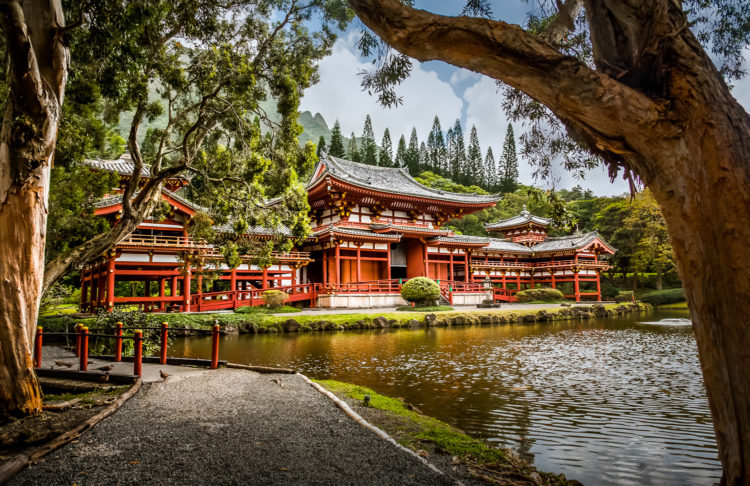
#1 – How to avoid tourists in popular locations
Change your perspective.
One of the biggest challenges a photographer often faces, in popular tourist spots, is how to take a good photograph with so many people around. However, there are several techniques you can master to ensure you score a winning shot.
A sure-fire way of getting around the crowds, while also finding a new perspective on an iconic landmark, is to simply change your perspective.
It’s pretty easy really, you just need to remember to try different camera angles and viewpoints like this. You’ll also get more unique and interesting shots this way too. Here are some ideas
Look up . . .
Don’t miss things that are above you, remember to look up now and then.
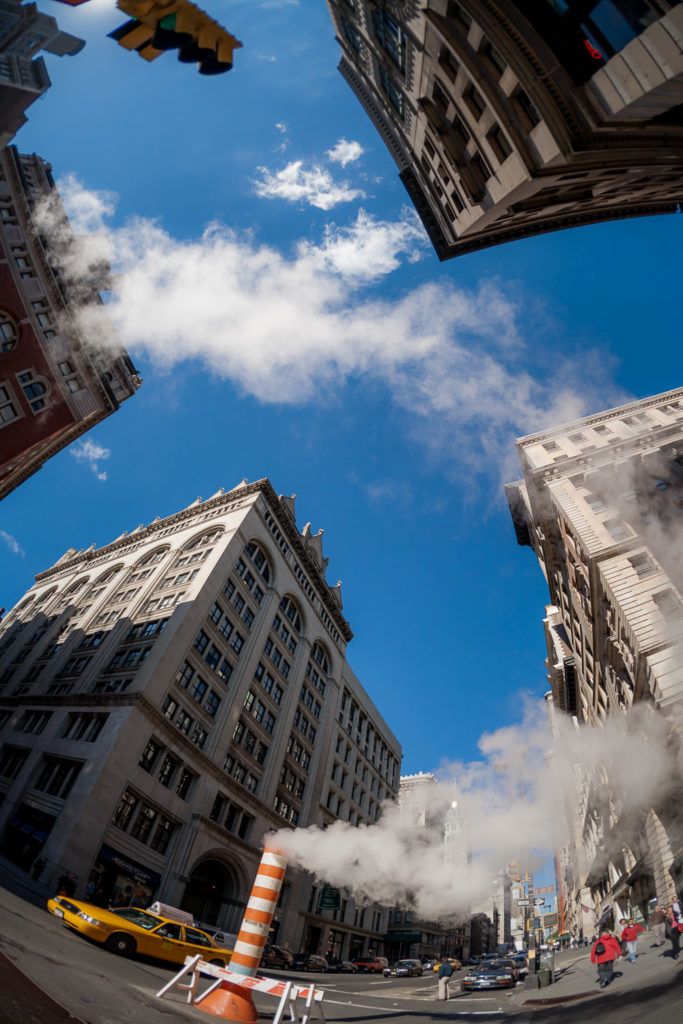
Look down . . .
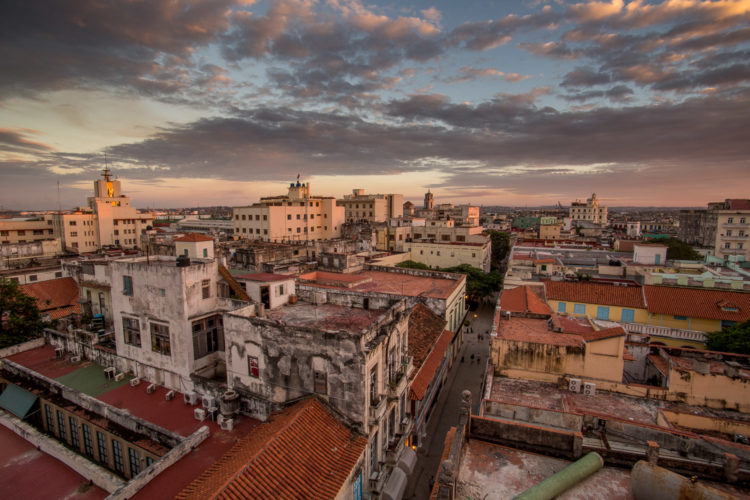
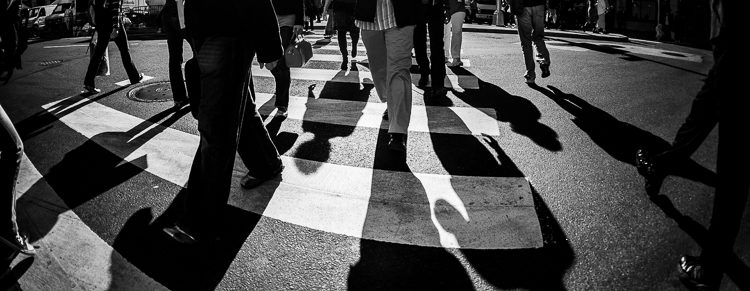
Get down . . .
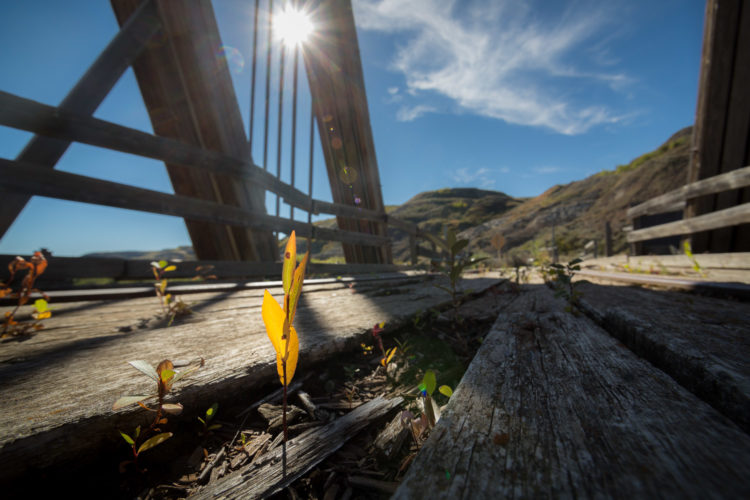
Get behind . . .
Find something to add in the foreground to frame your subject and add depth to the image.
Read 4 Tips for Creating Depth and Dimension in Your Images for more on this topic.

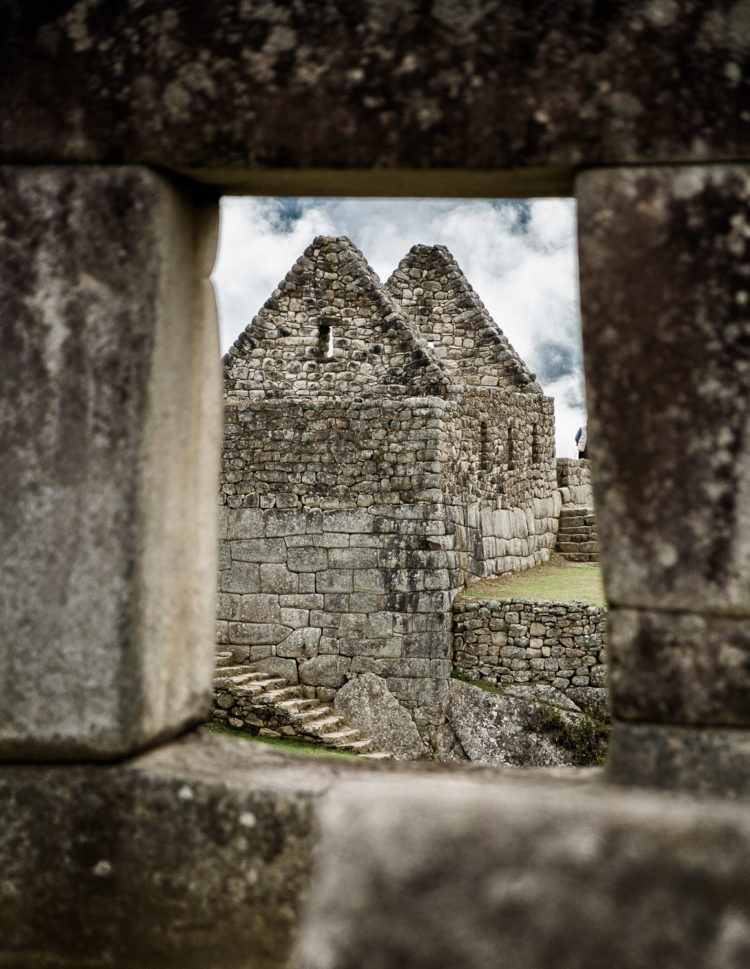
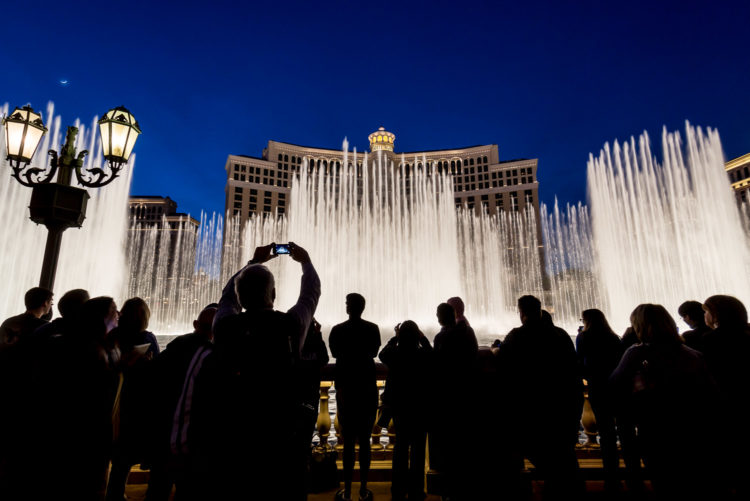
Get close . . .

Like really close!
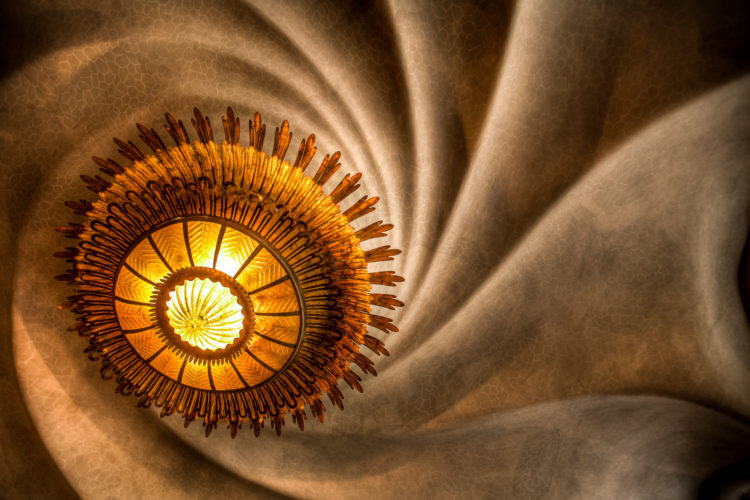
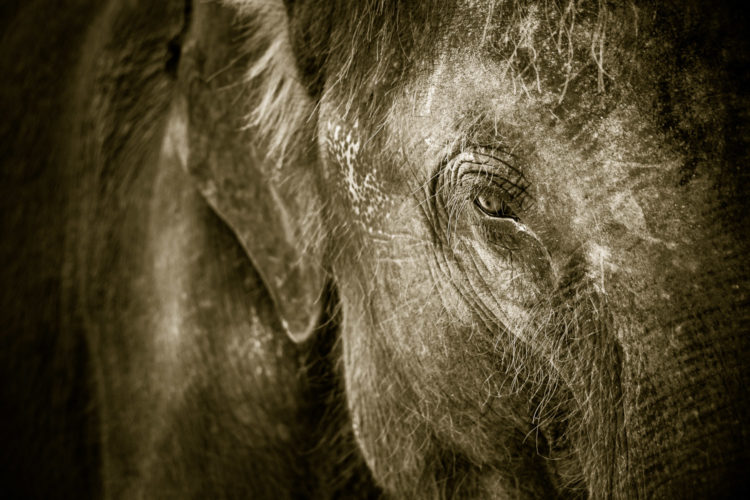
Sometimes the easiest way to get a good shot is to be patient and persistent.
You may have to wait for a while – so, choose the right lens, set your camera up, and then position yourself in the right spot – and then you wait.
Alternatively, you may need to get up early or come back at a quieter time to beat the crowds.
Be persistent and you will get your shot, without it you may just miss out.
Or try and find interesting things above people’s heads. That way you can cut them out of your shot altogether.
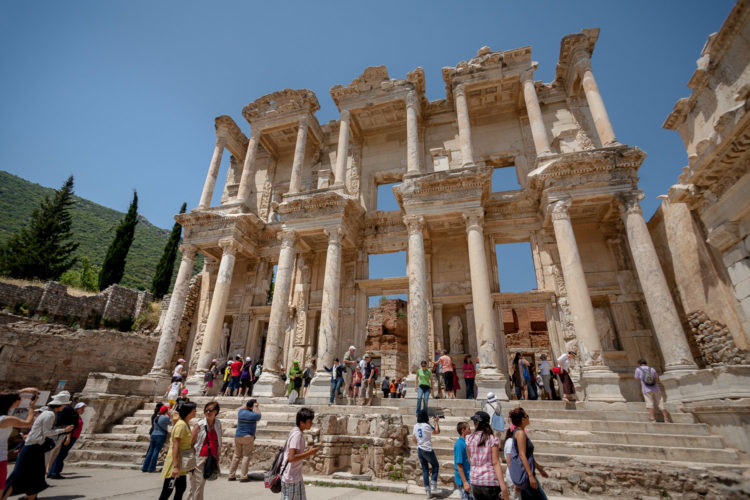
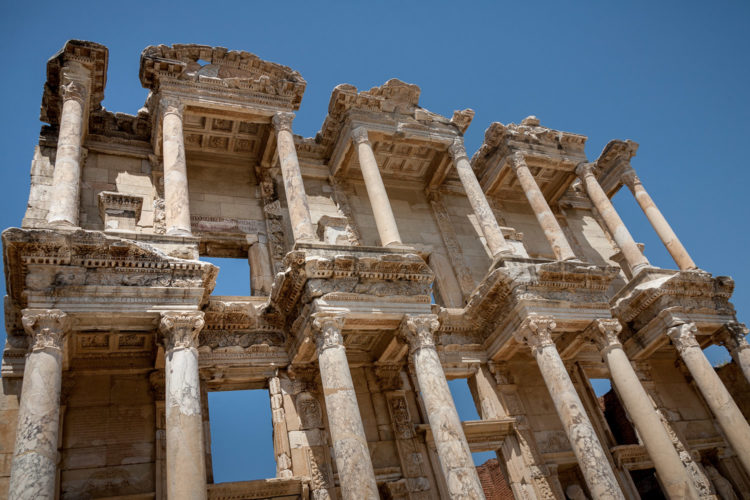
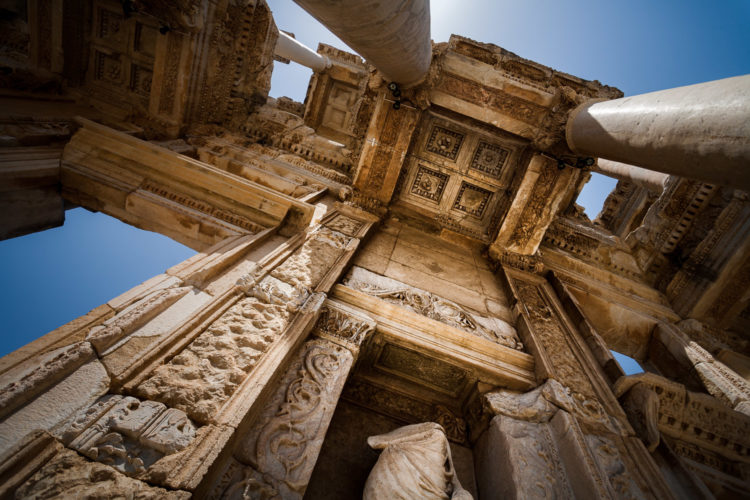
2. Include people to add a storytelling element
Through travel photography, you have a chance to tell the story of the place you are visiting. That means, unless you are visiting Mars on your next vacation, the people and culture of a place are going to be a part of that story.
So why not use your trip to practice your street photography skills, and shoot some images that include people.
Look at the images below.
Can you get a sense of the location just based on the setting and the people? Can you guess where these four images were taken? Put your guess in the comments section below.
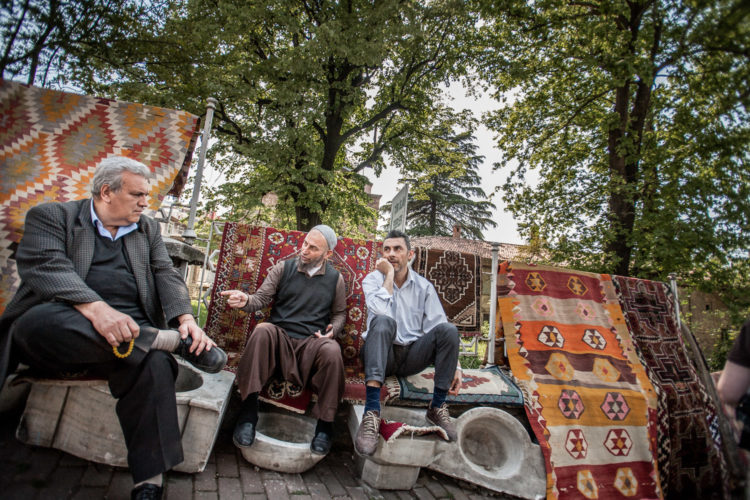
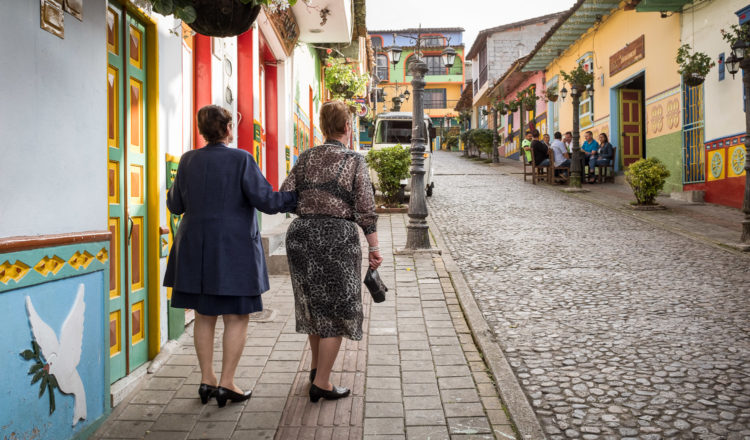
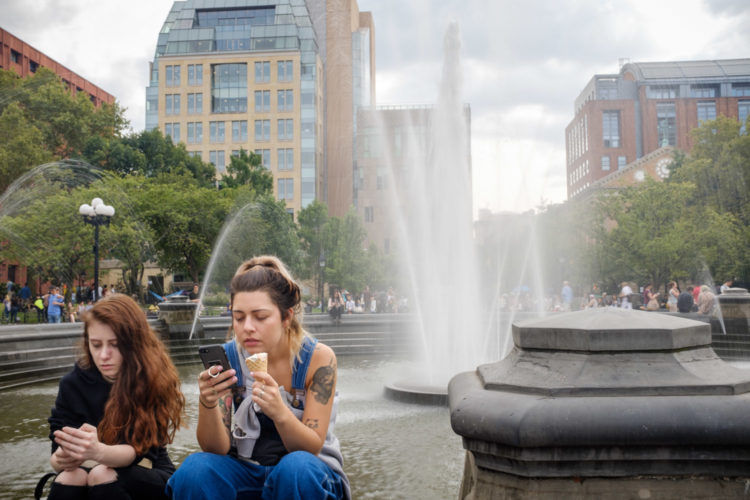
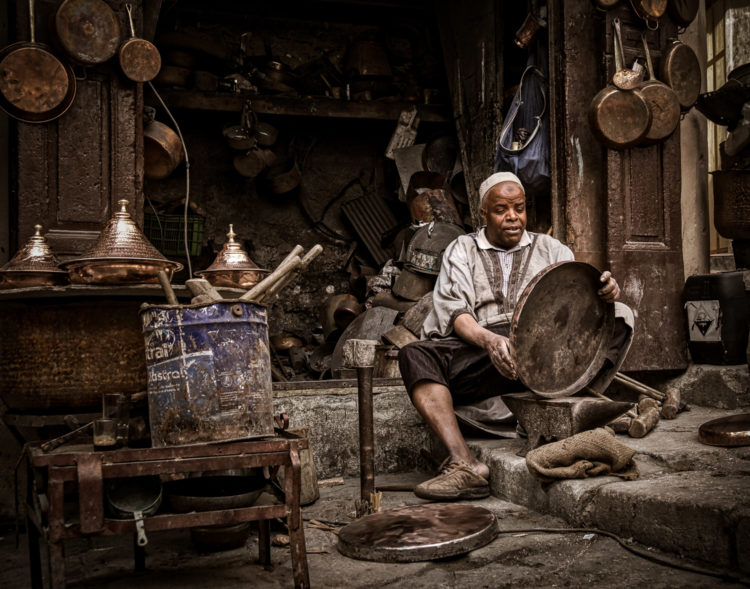
The key to perfecting street photography is to be quick and to capture the fleeting moments that tell the story.
We have a whole section of the website dedicated to street photography that you can read here.
3. Capture some movement in your images
Breaking news. Not every image needs to be a frozen moment, or as sharp as a knife.
In fact, adding movement to your images can not only offer you some fun new techniques to play with, but it can also make your images a lot more interesting. Especially when photographing in a crowded area or a well-photographed landmark.
So, try zooming on a long exposure.
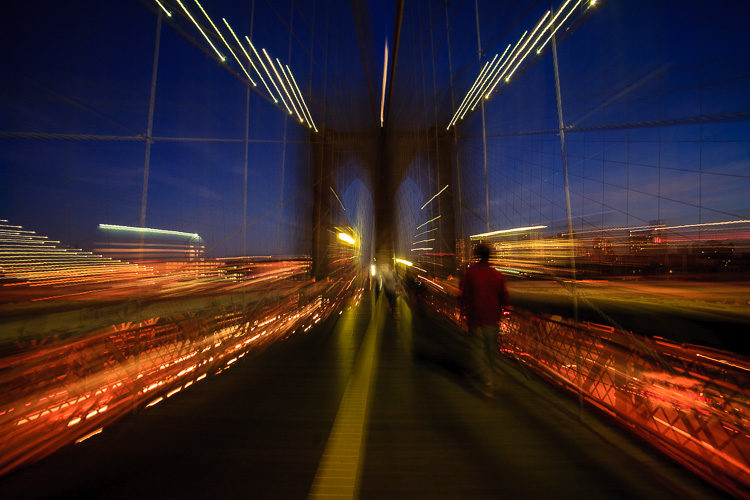
Or, panning on moving objects.
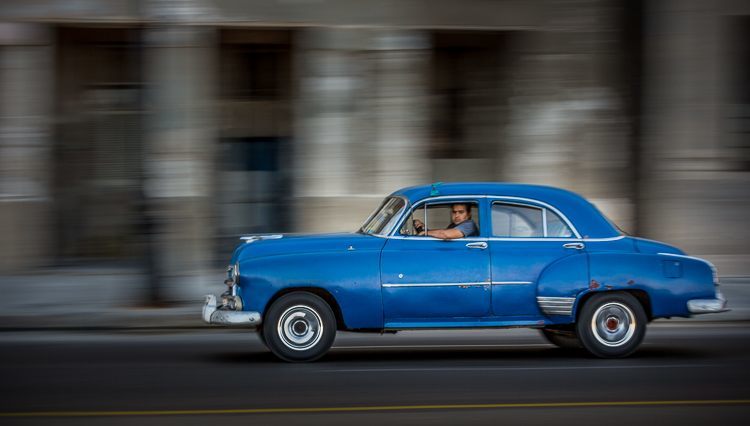
Let’s see what interesting images you can create with some motion blur.
4. Go Ultra-Wide
Not every shot needs to capture everything like you see it in real life.
In fact, some of the most interesting travel shots I’ve taken are using a super wide lens (I’m talking 15mm on a full frame camera, or 10mm on a cropped sensor).
Using a lens this wide will cause the edges of your frame to curve and will give your image a warped and surreal feel to it.
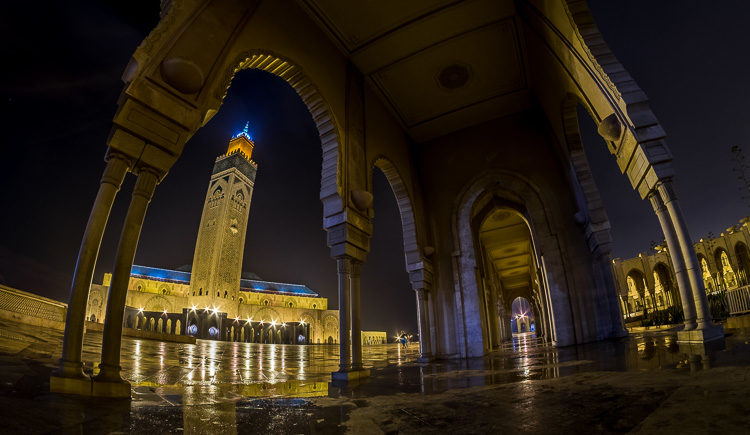
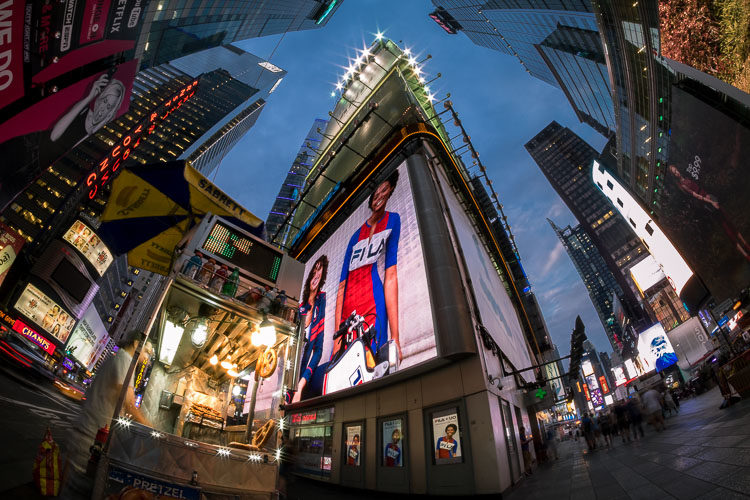
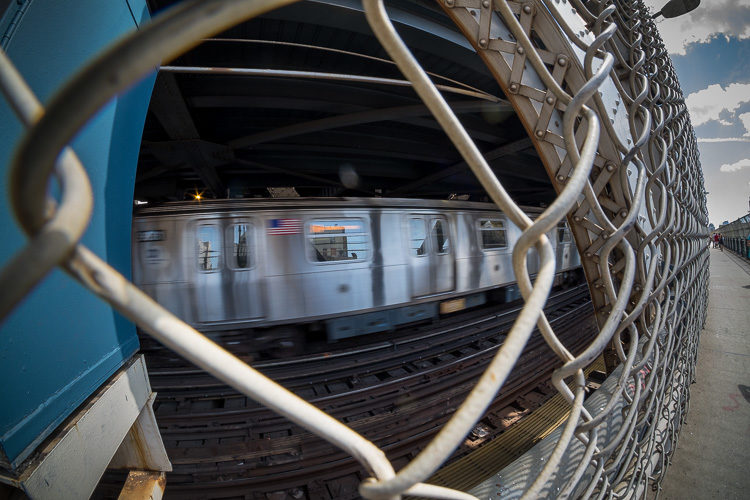
But avoid making these: 5 Mistakes Beginners Make Using a Wide Angle Lens and How to Avoid Them
5. Photograph during the Blue Hour
Don’t be afraid of booking a late evening meal (in Europe, and many other places, 9 pm is a normal dinner seating time), and taking your tripod out for an early evening date.
Scout out a good location to photograph the sunset, and then as you watch everyone heading home for the evening keep shooting through the hour after sunset, otherwise known as the Blue Hour.
Not only will you avoid the crowds at popular locations, but you will also get some very different images of iconic landmarks and places that no one else will get.
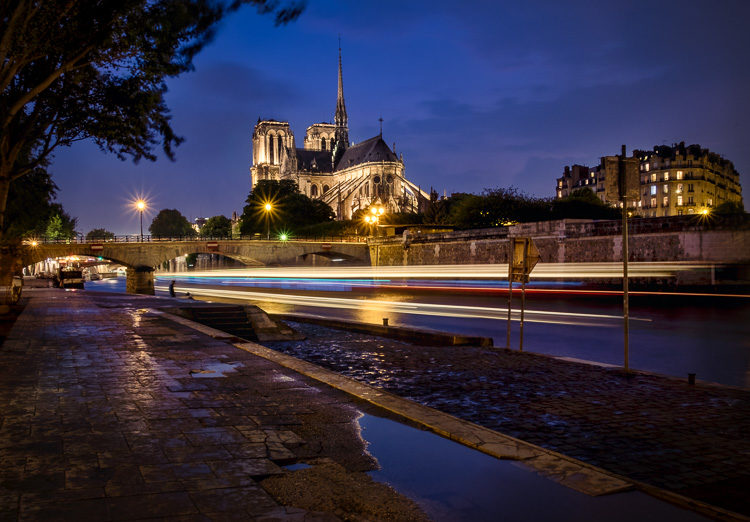
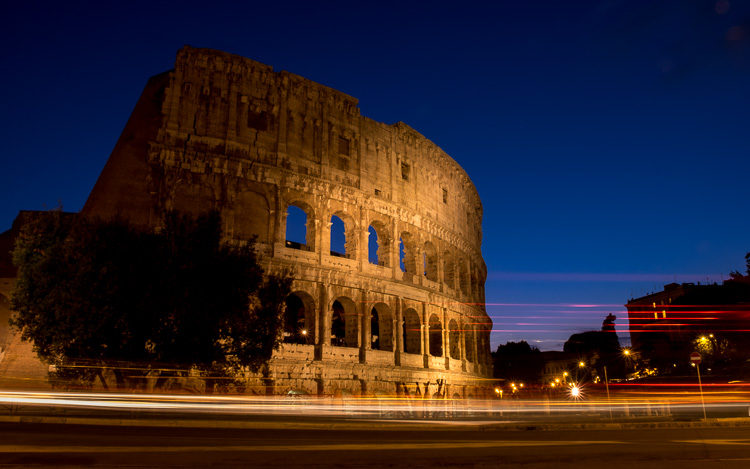

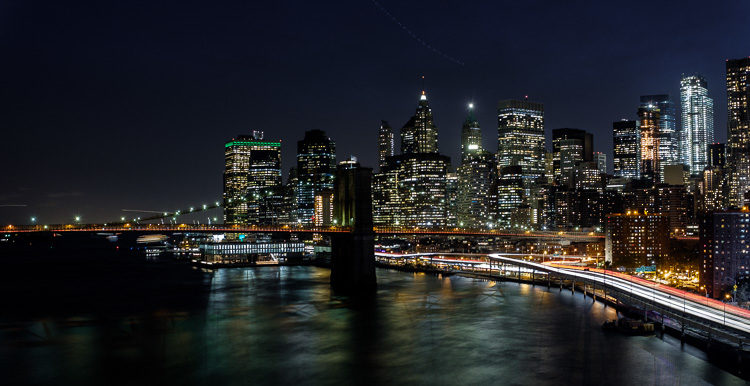
Conclusion
Now you have five techniques to practice next time you are on vacation.
But, remember even if you aren’t planning a trip anytime soon, you can still practice all of these techniques at home.
So, why not pick a time to be a tourist in your own city or town for the day? Just approach your surroundings with fresh eyes.
Remember, you can find inspiration everywhere, you just need to look for it. So, grab your camera and go see what you can find!
Cheers,